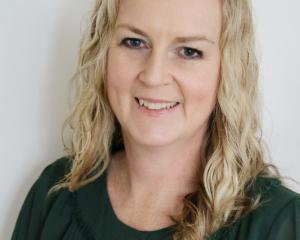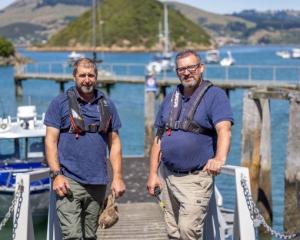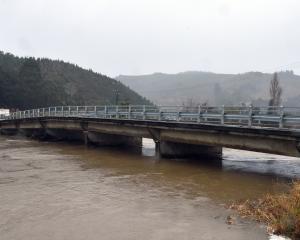
He has called for a regional council investigation into a private plan-change to ensure flood mitigation on the lower Taieri could be progressed.
"We've got to show somebody is prepared to take a crack at this."
The 'Lower Silver Stream Flood Risk' report presented to the engineering and hazard committee yesterday did not include anything new, given it was four years since the 2006 Taieri floods, he said. "It's all stuff we have talked about."
The report outlined a set of principles intended to help council decision-making in relation to the identified residual flood risk for the lower Silver Stream catchment.
Some of the principles would require land-use controls under the city council's district plan, such as a preference to avoid new development in flood-prone areas.
Non-structural methods, such as land-use planning, emergency management and flood-proofing important assets, were also preferred over costly engineering works.
Cr Duncan Butcher said time was "of the essence".
"It's been going on for years now. We do need to move on with this."
Cr Bryan Scott said it was a pity the council had not had the report years ago, as people had continued to build on flood-prone areas of the Taieri Plain.
"Let's get on with it. The current situation is unacceptable."
Cr Stephen Woodhead said allowing people to build homes with the floor level to the ground on "a known flood plain" was "craziness".
Environmental engineering and natural hazards director Dr Gavin Palmer said further subdivision in the wrong places was adding to the risk and it needed to be accepted there were some places on the Taieri where the risk was so high, no matter how high the floor level was, it was inappropriate to live there.
Cr David Shepherd said people on the Taieri deserved to understand better that they could not continue to believe flood mitigation works were the answer, as they could require them to be "rated off the face of the Earth".
Territorial local authorities needed to understand the risks and people needed to understand they faced the risk on their own, as others would not be prepared to pay, he said.
Chief executive Graeme Martin said the aim was to stop the situation deteriorating where the regional council could.
Addressing the problem structurally was probably unaffordable so, taking the report's principles, the council needed to take a stand to prevent detrimental effects or compounding of the existing flood risk, he said.
However, the regional council did not have the powers to implement a bylaw to do this, so seeking a policy-statement change or a plan change were the options.
The committee agreed to Mr Cairns' suggestion of instructing staff to prepare a paper on the "pathway to a private plan-change" to deal with flood mitigation issues on the Taieri.












